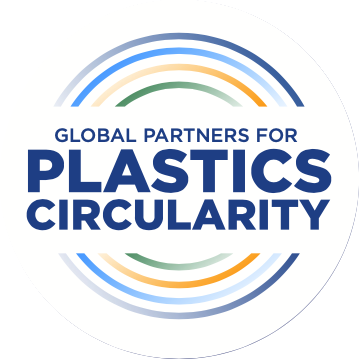
ADDITIVES IN PLASTICS & A CIRCULAR ECONOMY
A well-crafted global agreement would accelerate a circular economy for plastics – and support the safe, transparent use of chemical additives.

The role additives play in plastics
Plastic makers typically convert raw materials (monomers) into polymers, which are chains of molecules, by applying heat and pressure in the presence of catalysts in industrial facilities. In commerce, these polymers are typically referred to as plastic materials (and sometimes “resins”). These materials have unique combinations of properties that are unachievable with alternative materials.
In addition to the molecules that make up the polymers, chemical substances are often added to plastic materials, either during production or later in the process of making products and packaging. These chemicals – generally referred to as additives – enable efficient processing of the plastics and/or provide beneficial properties to the final plastic products.
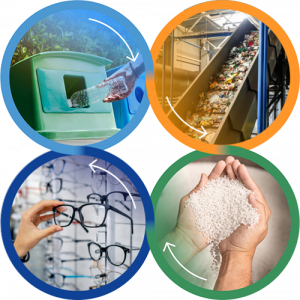
FOR EXAMPLE

Pigments in plastic packaging help protect pharmaceuticals from breaking down in sunlight, which increases shelf life and reduces waste.

Stabilizers and antioxidants improve durability in plastic building materials that are exposed to harsh environments, which enables the materials to perform longer and reduces waste.
Many plastic materials use one or more additives to improve the performance of products that our modern society relies on. Lightweight, efficient plastic materials are used throughout nearly every sector of the global economy, from aircraft to electronics to medical equipment. Due to their unique properties, plastic materials contribute directly to multiple Sustainable Development Goals (SDGs), most notably goals on climate action, affordable/clean energy, water/sanitation and zero hunger.
Chemical additives are assessed and regulated for safe use
Chemical additives have been rigorously studied by scientists in government, academia and industry to determine their potential to cause health or environmental effects. Government agencies evaluate these chemicals and conduct risk assessments, including determining safe limits, that can lead to risk management steps.

Robust, transparent and effective chemical regulatory frameworks are well-established in many of the countries that make and use plastics. These frameworks typically cover the manufacture, import, processing, distribution, use and disposal of chemical substances, including additives. The plastics value chain encourages and advocates for the adoption of effective chemical management systems in all countries.

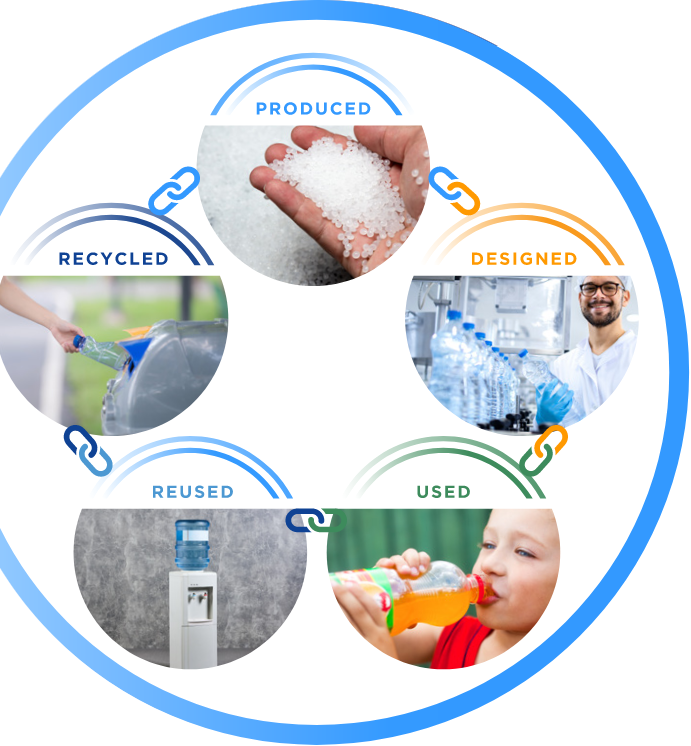
Enabling a Circular Economy in a Global Agreement
A global agreement should build on existing proven and effective governmental assessment and regulatory systems that manage and reduce potential risks related to chemicals, including additives. A global agreement should avoid replicating or contradicting existing chemical management systems.
Most importantly, the global agreement could help create a circular economy in which plastics are sustainably produced, designed, used, reused and recycled instead of discarded. Additives are key to achieving circularity outcomes for nations, including increased durability, safety and reducing waste.
Guidance for national action plans
A global agreement could provide guidance for national action plans that help enable safe use of additives and contribute to a circular economy for plastics. For example:

Utilize New Recycling Technologies
Transparency across the value chain is a key element for enabling the safe use of chemical additives in plastics and a circular economy. Access to credible and relevant scientific data on additives and product safety will enable downstream users and regulators to conduct risk assessments to help ensure safe use.
New technologies such as digital traceability will support transparency by displaying additive composition needed to evaluate and make decisions about collection, sorting, recycling or reuse of used plastics – while also balancing appropriate protection of confidential business information.

Guidance on product design
Guidance on “design for recycling” would include recommendations for accelerating the use of recyclable additives with a reduced environmental footprint, as part of the product design process. This guidance should consider the diverse needs of nations rather than mandating specific requirements that may be inappropriate for application across all countries.
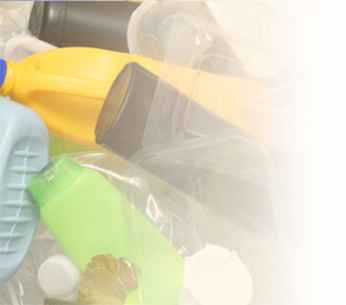
Guidance on plastics recycling
Poor recycling practices can reduce the amount of recycled feedstock and impede circularity. Proper use of additives can enhance recycling and recoverability of waste streams. Guidance on recycling and additive use would enable more valuable recycling streams. This guidance should consider the diverse needs of nations rather than mandating specific requirements regardless of individual circumstances.

Chemical recycling technologies
Chemical recycling technologies can recycle many plastic items that mechanical recycling currently cannot. These complementary technologies break down plastic materials to the molecular level. The chemical recycling process can also break down additives to the molecular level and remove them from used plastics. The molecular building blocks can then be made into new products, including virgin-quality recycled plastics.
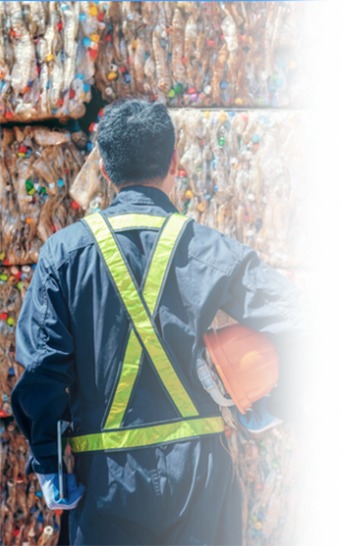
Access to waste management
A global agreement should help address the lack of access to basic waste management for approximately 3 billion people. In many countries, used plastic products and other materials are openly burned to dispose of them. and used plastics and other materials often are released in to the environment, on land and in waterways, where they can cause environmental and economic damage. This mis-managed waste can end up releasing additives into our environment.
By unlocking industry innovation and global investment in plastics circularity, a global agreement would accelerate a circular economy in which plastic products and packaging are sustainably recovered and reused or recycled instead of released into our environment.
Championing a global agreement for a sustainable, circular economy.
